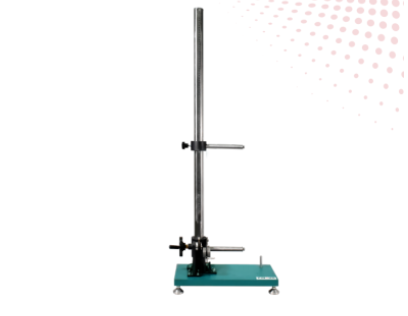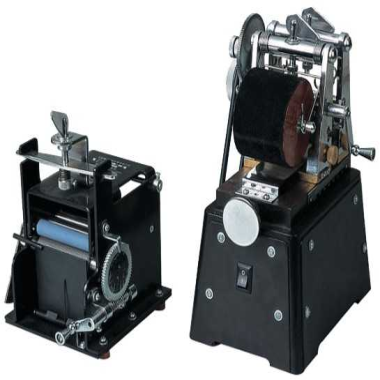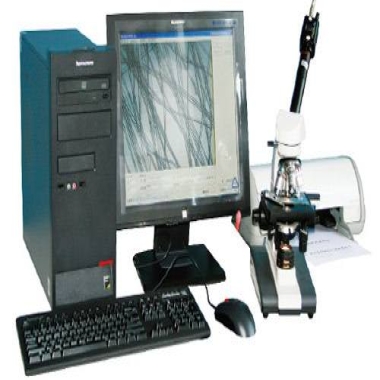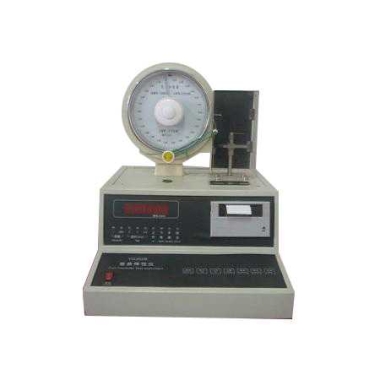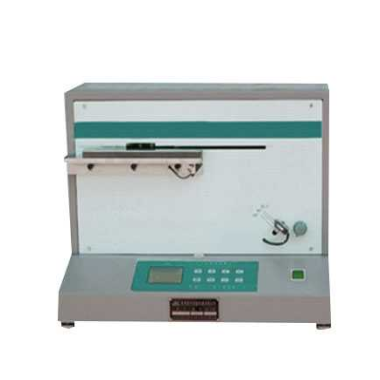Tearing Strength Tester
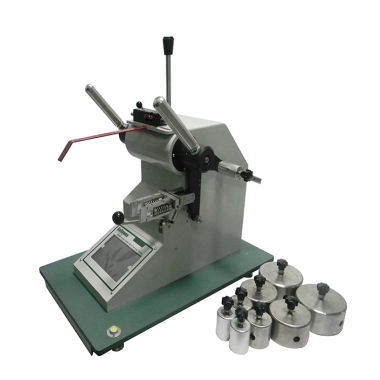
1. Product Introduction & Applications
The Tearing Strength Tester is designed to determine the tearing resistance of a wide range of sheet and film materials, including:
Films and waterproof materials (PVC, PVDC, polypropylene, polyester)
Woven and non-woven textiles
Paper and cardboard
Flexible sheets used in packaging or industrial applications
The tester provides configurable weights for different force requirements, ensuring precise, repeatable measurements. Its simple operation and portability make it suitable for both laboratory and on-site testing.
Applications:
Evaluating material durability and quality control
Research and development of films, textiles, and composites
Comparative testing of different materials for industrial use
Compliance testing according to international standards
2. Conformity Standards
GB/T 3917.1 — Determination of tearing strength of paper and cardboard
FZ/T 60006 — Textile testing
FZ/T 75001 — Tearing test for fabrics
ISO 1974 / ISO 9290 — Standard test methods for tearing strength
ASTM D1424 / ASTM D5734 — Tearing resistance of fabrics
GB/T 455 — Paper and cardboard tear testing
QB/T 1050 — Footwear and textile testing
JIS P8116 — Japanese Industrial Standard for tearing resistance
TAPPI T414 — Tear resistance of paper
3. Testing Principle
The Elmendorf principle is used for tearing strength measurement:
The sample is clamped securely between two clips.
A pendulum is released, causing the pendulum to swing and tear the sample.
The energy absorbed during the tear is displayed on a calibrated scale.
A movable blade mounted on the pendulum is used to make the initial notch in the sample.
Counterweights and calibration weights ensure accurate measurement.
The device calculates tearing strength based on the increase in potential energy as the pendulum rises, providing precise and reliable results.
4. Technical Parameters
| Parameter | Specification |
|---|---|
| Display | Mechanical pointer |
| Test Range | 200g, 400g, 800g, 1600g, 3200g, 6400g (optional counterweights) |
| Weight Group A | 0–64 N |
| Weight Group B | 64–128 N |
| Resolution | 1 cN |
| Accuracy | ±0.2% |
| Sample Holder | Optional manual or pneumatic |
| Pendulum | Manual reduction mechanism |
| Counterweight | Included with optional calibration weights |
| Dimensions (W×D×H) | 483 × 398 × 578 mm |
| Machine Weight | 15.2 kg |
| Surface Finish | Chrome plating with corrosion-resistant metallic paint |
5. Product Advantages
Accurate & Repeatable: Measures tearing strength precisely with minimal friction interference.
Versatile: Suitable for films, textiles, paper, cardboard, and other sheet materials.
Adjustable Force: Configurable weight groups allow testing of different force ranges.
Portable & Durable: Compact, corrosion-resistant design for lab or field use.
Standard Compliant: Meets GB, ISO, ASTM, JIS, FZ/T, and TAPPI standards.
User-Friendly: Mechanical pointer display simplifies reading, with optional counterweights for calibration.
6. FAQ
Q1: What materials can be tested?
A1: Films (PVC, PVDC), flexible sheets, textiles, woven/non-woven fabrics, paper, cardboard, and other comparable sheet materials.
Q2: How is tearing strength calculated?
A2: The pendulum swings through the sample, and the energy absorbed during tearing is displayed on a calibrated scale, representing the material’s tear resistance.
Q3: Can the device test high-force materials?
A3: Yes, weight groups A (0–64 N) and B (64–128 N) can be combined with additional counterweights to achieve higher forces.
Q4: Is calibration included?
A4: A check weight is supplied for confirmation of the scale, ensuring accurate measurement.
Q5: What is the machine’s power requirement?
A5: The device is fully mechanical and requires no electrical power for operation.
Leave Message Get Price



